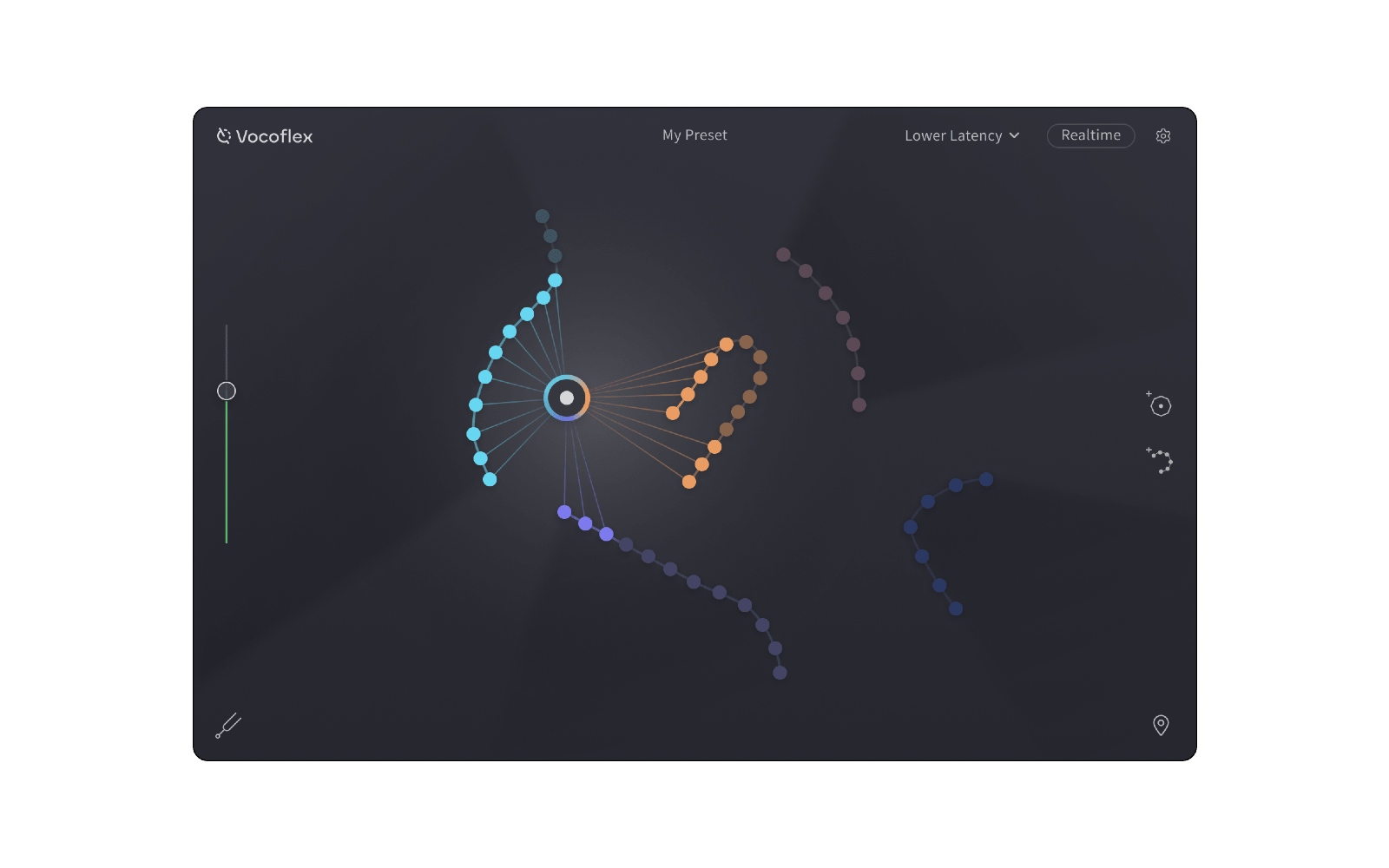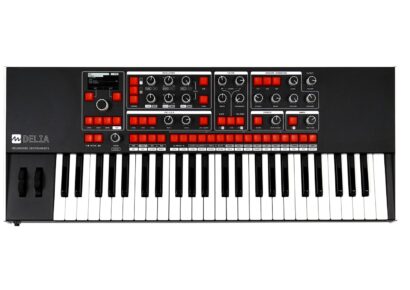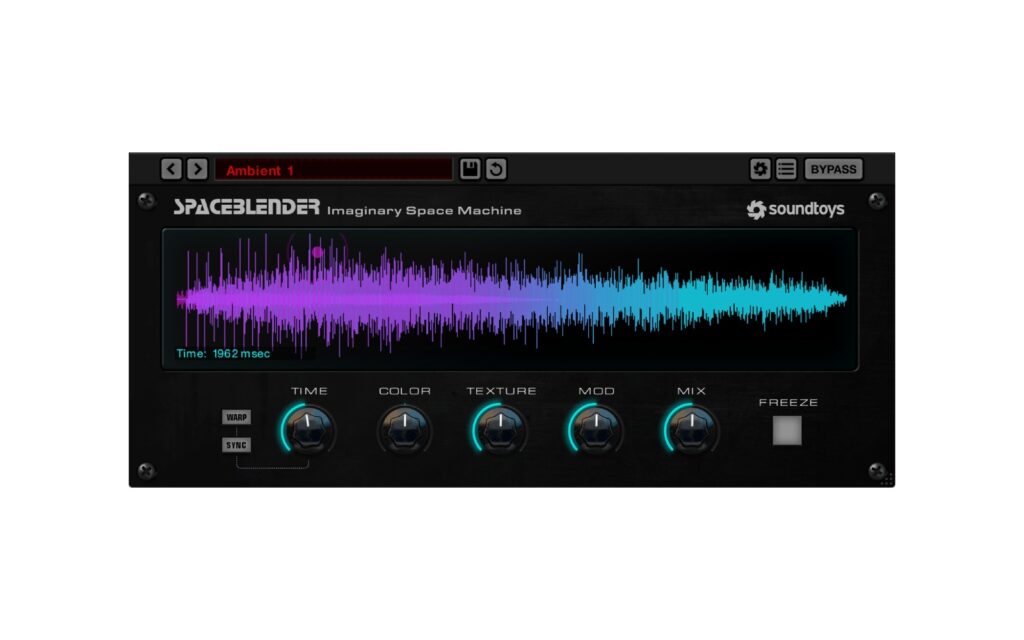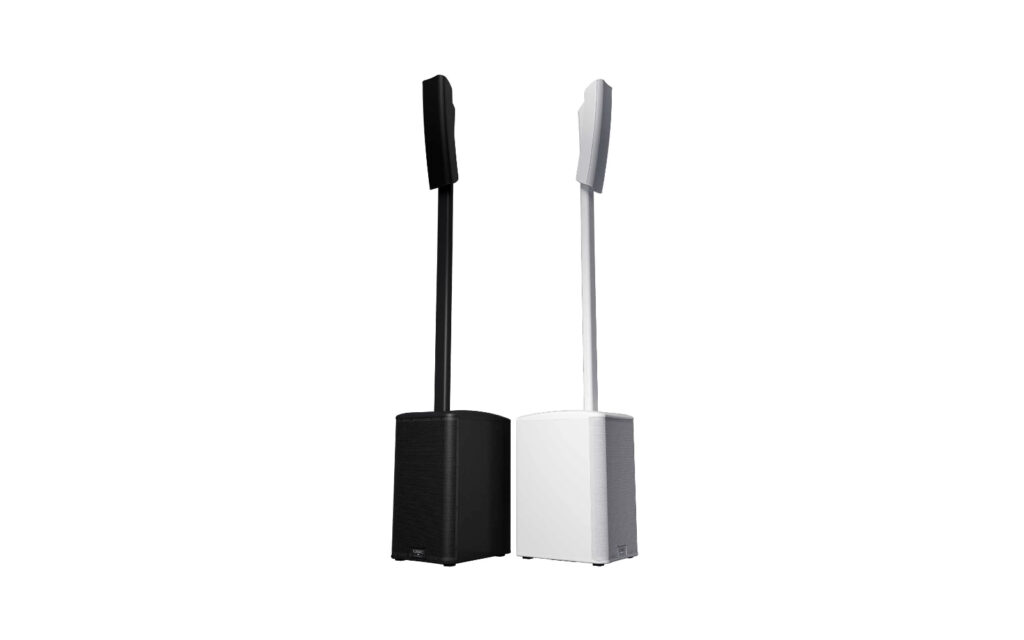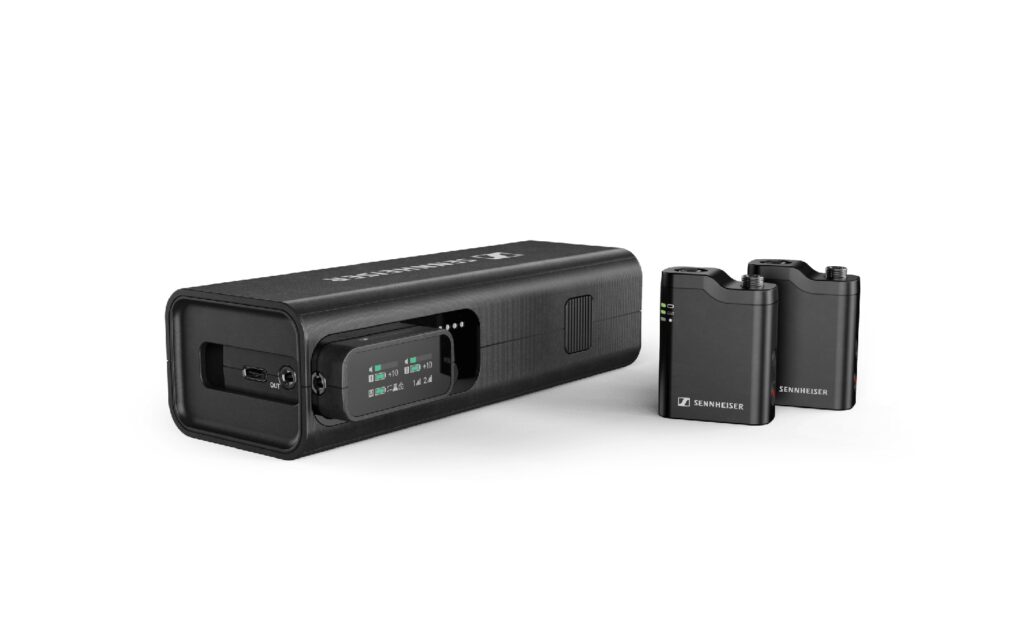Vocoflex Real-time Voice Creation & Transformation Plugin | Dreamtonics | RRP: $199 USD
Converging as a small multi-linguistic team of music lovers, Dreamtonics are a Tokyo-based startup committed to thinking outside the box when it comes to music and tech-focused software development.
Instead of racing to the finish line by trying to encourage premature growth within their company, the foundations of Dreamtonics are based on a belief that the path to success lies in standing out from the pack, taking calculated risks and building quality software.
Read more gear reviews here.
This ambition, combined with the realisation that software can be improved if more thought is put into how people utilise these tools means that Dreamtonics are able to tackle problems that would slip through the cracks amongst large corporations.
These aspirations also establish the notion that Dreamtronics are willing to try push innovative ideas that other big box competitors would likely shy away from in the name of profit.
Vocoflex
In the spirit of their mission statement, Dreamtonics have introduced Vocoflex. A realisation that embodies a new industry standard in real-time voice creation and transformation plug-ins.
After importing a specified target voice recording, Vocoflex is able to manipulate the tonality and timbre of any input voice with the target. Additionally, Vocoflex gives you the option of importing more voices or generating customized target voices with its native voice generator.
Implementation of this feature set gives the user the means to morph, replace or transform any vocal sample. In essence, this all adds up to make Vocoflex one heck of a powerful tool, especially when used in the context of creative sound design.
A new world is opened up when it comes to developing interesting vocal textures and treatments. Want something to make that hook really stand out? Or are you looking to add new depth to a particular verse? The sky is the limit when it comes to how you may find Vocoflex useful in your own productions.
Upon installation, I was greeted with an approachable and attractive UI (user interface). For a plug-in as cutting edge as Vocoflex, one could be forgiven if they were expecting an overwhelming interface.
However, I found Vocoflex to be rather intuitive to use. The first step of the process requires the selection of two vocal samples.
The first of which is the target voice which will serve as the foundation for the proceeding vocal processing. The ‘target’ sample can be easily dragged and dropped into the Vocoflex UI upon which it will be analysed and appear with its own adjustable curve. The second step entails bypassing Vocoflex and importing an input sample into a track in your DAW of choice. Important aspects of your input sample such as lyrics will remain intact but the sound of the voice will take on the tonal character of the target sample.
For the best results, Dreamtonics recommend using raw vocal samples void of any processing, advice to which I happily obliged by importing a few samples from old recording sessions.
Whilst on the topic of importing samples, it is also worth mentioning that these samples don’t need to be particularly long. The samples I opted to use were an average length of around 20 seconds or so—give or take—and provided plenty of time for Vocoflex to do its thing.
Ultimately, I found the results of this basic use to be extremely convincing. Vocoflex managed to model the input sample to match the characteristics of the target voice without the glitches, stuttering and pitch issues that have been a notable flaw in other AI-based voice transformers.
And if you do come across a scenario in which imperfections may be apparent, Vocoflex has taken the liberty of providing you with the right tools to remedy such problems.
A handy pitch slider with tuning indicator gives the user the flexibility to tune any important samples to the relative pitch of the input voice. This feature would prove handy in a plethora of scenarios for example, if the user wished to turn a male voice into a female voice or to transpose a melody into a different key.
Voice morphing is represented by a dotted curve within the Vocoflex UI. What this shows the user is all of the samples that Vocoflex has broken the target sample into. Each dot represents a key point in the sample’s timbre, all of which are tweakable by a particularly interesting parameter.
MIDI
Moving the mouse cursor within Vocoflex’s UI will produce a series of lines related to each of the aforementioned samples within the target waveform.
Moving the cursor enables the user to blend different tonal characteristics of the sample within itself to produce realistic differentiation in vocal performances much like the variances that would occur naturally throughout a real vocal performance.
If this wasn’t enough, Vocoflex can also provide the power of mixing multiple target voices in real-time. The ability to blend the characteristics of numerous sources within an intuitive and well-thought-out UI is only the tip of the iceberg when it comes to the creative possibilities of this plug-in.
Vocoflex can also be triggered via MIDI, a function which is controlled by setting up special waypoints within the plug-in and assigning them to your MIDI controller of choice. A process that is easy and quick, ensuring you aren’t ever taken too far away from creating music; which is what this is all about. In addition to functioning as a plug-in within your DAW of choice )I tested in both Logic and Pro Tools), Dreamtonics have also been thoughtful enough to include Vocoflex as a standalone application for use outside of a DAW.
This means that regardless of whether you wish to use Vocoflex as a tool in the studio or on the stage Dreamtonics has you covered no matter where your creativity takes you.
Try, buy, shop and listen to the amazing Vocoflex plugin here.
